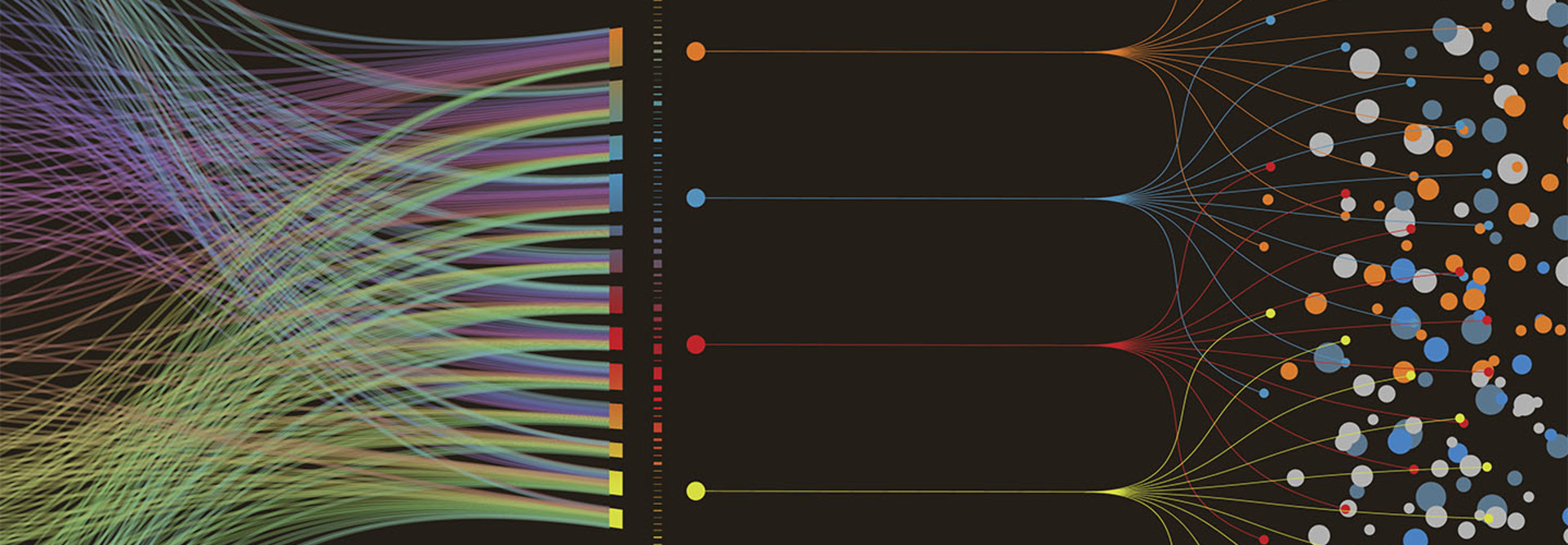HIMSS 2018: ‘Run to the Cloud,’ says Former Google CEO Eric Schmidt
Former Alphabet Executive Chairman and Google CEO Eric Schmidt had some frank advice for the healthcare industry in his opening keynote address Monday at the HIMSS 2018 conference in Las Vegas.
“Get to the cloud. Run to the cloud,” he told attendees. “Don’t stop, don’t walk, don’t think about it — just run. Take an airplane, fly to the cloud, whatever metaphor you care about.”
Schmidt called the healthcare industry “conservative beyond where it should be,” saying that it’s moving too slowly, due in large part to being overly cautious. To that end, he said, moving to the cloud could open the door to much more efficient care.
“Most of you sit in institutions that have proprietary data centers that have some sort of logic about them,” Schmidt said. “Most of that logic may have been true five or 10 years ago, but it isn’t today. We now have — much safer than your data center, much more compliant than your data center and much easier to use — cloud-based servers within our industry. Google has a set of offerings. Our competitors have offerings. I’d prefer you choose ours, but choose any over zero.”
By focusing too much effort on infrastructure, Schmidt said, healthcare organizations are simply repeating work that Google is already doing.
“I want you all to focus on innovation,” he said.
SIGN UP: Get more news from the HealthTech newsletter in your inbox every two weeks
Leverage the Power of Predictive Analytics
Chief among innovations — what Schmidt called “the really powerful stuff at the edge” of his work — are predictive algorithms, he said. While it’s one thing to be able to classify, it’s another thing entirely to be able to predict next steps.
“We have physicians within our company who believe that if these algorithms for prediction work, we can predict outcomes in the ER, for example, 18 to 24 hours earlier than any other observation system,” Schmidt said. “We can’t predict our own fates, but machines can. That’s what I want as I age: I want the computer and all this work I’ve done over my whole career to make sure that I have a healthy life.”
Schmidt cited several examples of how predictive technology could be successful in healthcare, including the automation of electrocardiograms and atrial fibrillation determinations. For the latter, doctors currently use a complicated scale developed over years of experience.
“We can do so much better than that,” he said. “The mortality benefit — if we just put [predictive technology] into any one of these systems and do the proper historical analysis — in terms of lives saved, is probably comparable to a new drug, but far, far cheaper.”
Industry Needs App to Interconnect Data
Another reason such innovation isn’t happening faster is because, while the technology is available, a killer app — something that causes all of the data and interconnections to take place — is currently lacking, Schmidt said.
Despite that, he believes the industry is much closer than many realize to his vision. Getting there, Schmidt said, will be really hard, really humbling and really complicated.
“But if we work together, we can save lives at a scale that’s unimaginable,” he said.
For more, check out the articles and videos from HealthTech’s coverage of HIMSS18.









